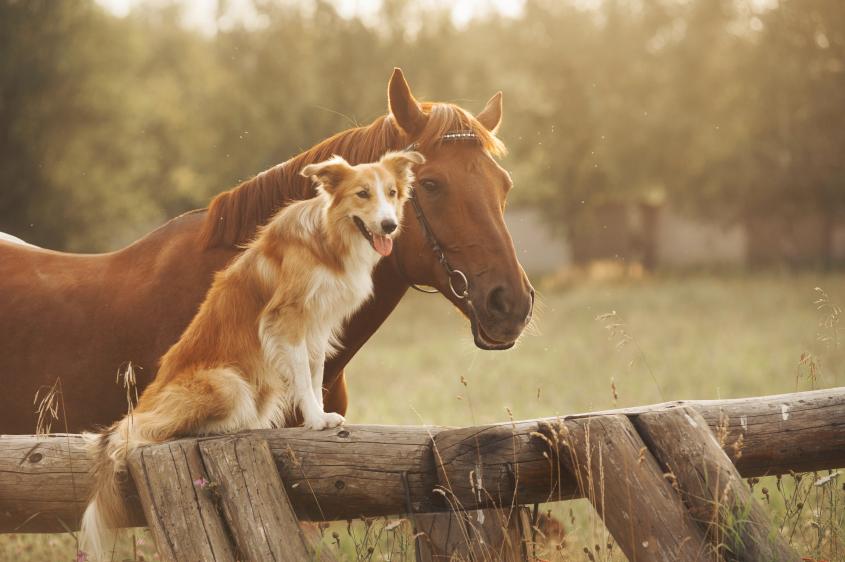Investigating influenza in horse and canine hosts
A recent publication authored by Dr. Brian Wasik, research associate in the Parrish Lab at the Baker Institute for Animal Health, further investigates influenza viruses and host species. Cross-species virus transmission events can lead to dire public health emergencies. In "Understanding the divergent evolution and epidemiology of H3N8 influenza viruses in dogs and horses," recently published in Virus Evolution, Wasik along with Baker institute faculty researchers Drs. Colin Parrish, and Laura Goodman, and additional collaborators, investigated the difference between influenza in horses and canine hosts.
Wasik states, “Both horses and dogs can be mammalian hosts to influenza viruses. Sometime around 2000 an influenza circulating in horses (H3N8) spilled over into dogs, likely among greyhounds in Florida. Subsequent outbreaks around the United States established the first established Canine Influenza Virus of the modern era. Our last detection of H3N8 canine influenza was in 2016. Our study meant to ask if this apparent ‘extinction’ of canine influenza had to do with the virus itself or to the nature of the two host species.
He continues, “Our findings, coming from full genome genetic analysis, identified that differences in virus evolution were minimal. We further found that canine influenza was limited geographically, being confined to shelters in major metropolitan centers. In contrast, equine influenza continues to spread near-globally and the major clade of the virus appears to be maintained by circulation within the United States. International transfer of horses links equine influenza viruses across continents. Our results suggest that an improved understanding of horse population dynamics and stakeholder cooperation could empower the veterinarian world to reduce the burden of equine influenza through screening, quarantine, and improved vaccination strategies.”
Read the full publication here.






